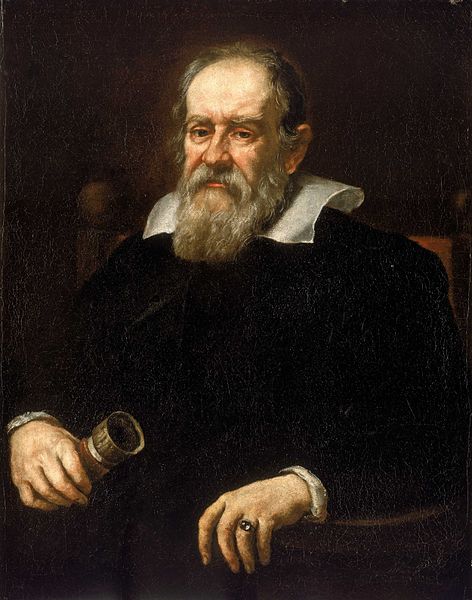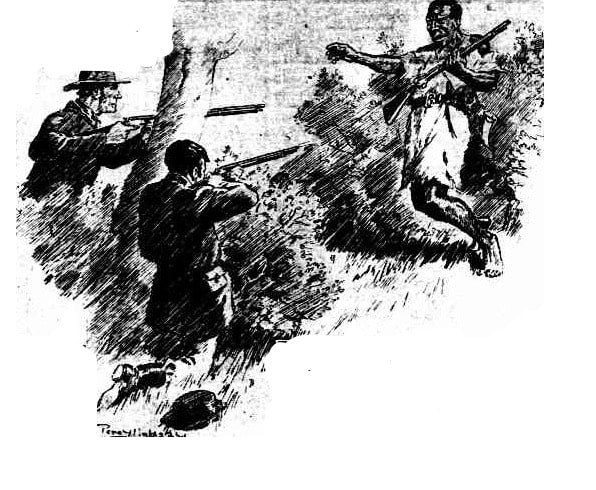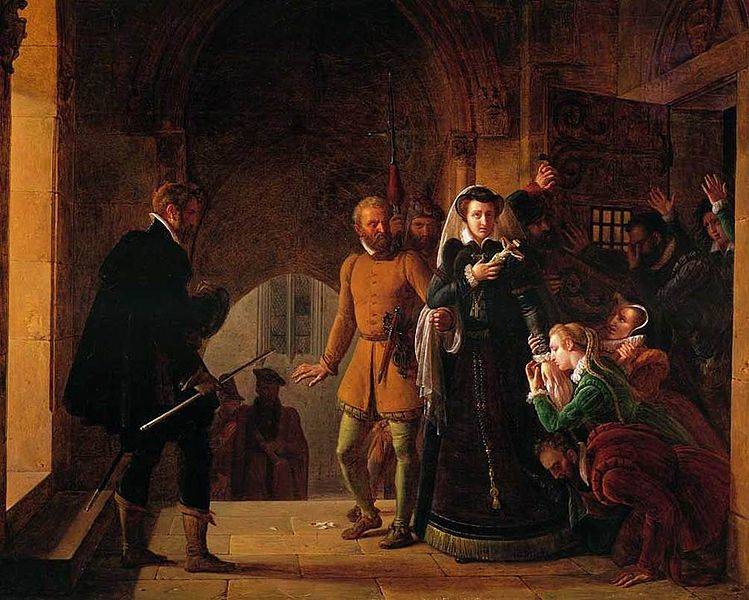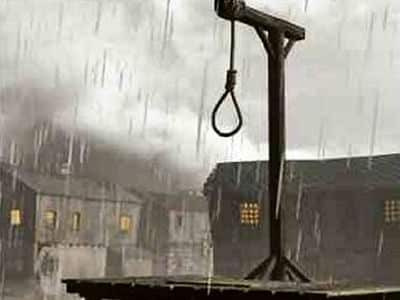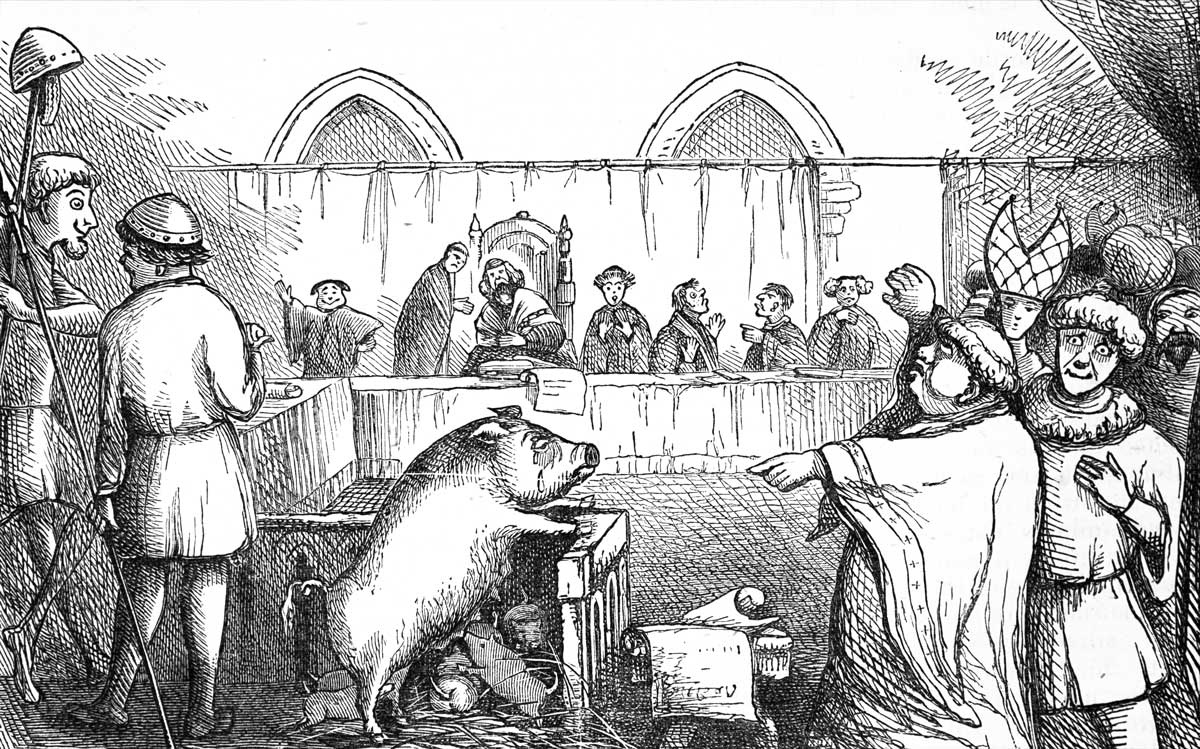On this day in True Crime History, December 7th has witnessed a series of startling and somber events throughout history, marking it as a day of infamy in the annals of true crime. From notorious bank heists by legendary outlaws to chilling abductions that captivated nations, let us delve into the next batch of dark and complex tales from criminal history.
0043 BC: 📜 The Famous Roman Orator Cicero Assassinated
On this day in 43 BC, Cicero, one of the most celebrated figures in Roman history and renowned for his eloquence and oratory skills, met a tragic end. He was assassinated on the orders of Marcus Antonius, marking the conclusion of a turbulent chapter in Rome’s political landscape.
Cicero’s last months were marked by his reentry into politics, advocating for a general amnesty and attempting to use Octavian (the future emperor Augustus) as a political tool. He vehemently opposed Mark Antony’s control over Rome following Julius Caesar’s assassination.
Octavian learned of one of Cicero’s unfortunate remarks that “the young man should be given praise, distinctions—and then be disposed of.” The formation of the Second Triumvirate in October sealed Cicero’s fate. He was captured and killed near Caieta on December 7, 43 BC, with his head and hands displayed on the speakers platform at the Forum in Rome. 🌟🗡️🏛️
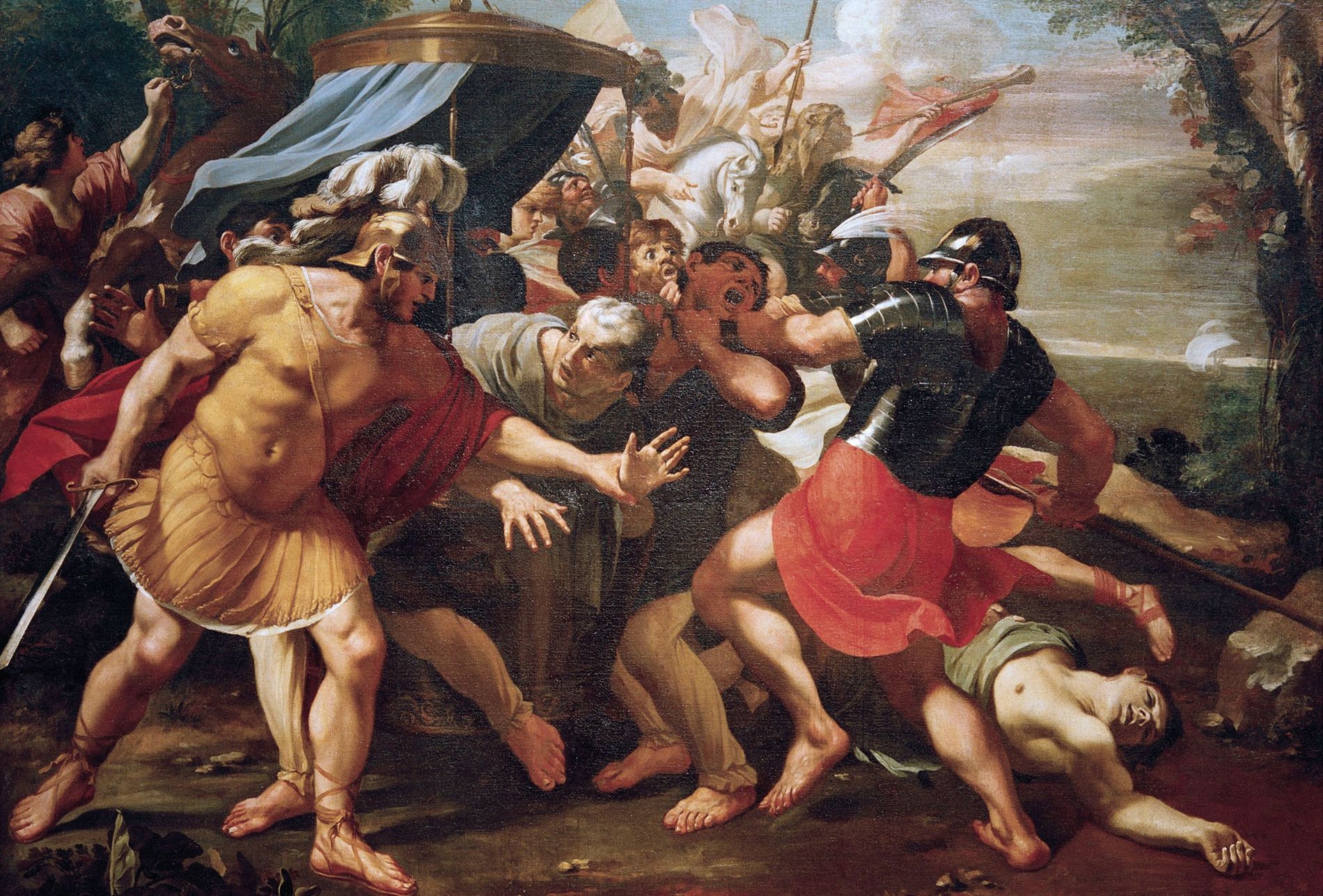
1869: 🤠 Jesse James Infamous Bank Robbery and Revenge Killing
On this day in 1869, Jesse James, and very likely his brother Frank, perpetrated a notorious bank robbery at the Daviess County Savings Association in Gallatin, Missouri.
The target of their heist yielded only a modest sum of money. However, the robbery took a violent turn as Jesse James fatally shot the cashier, Captain John Sheets, in a case of mistaken identity.
Jesse believed Sheets to be Samuel P Cox, a militia officer responsible for the death of Bloody Bill Anderson, one of the most fearsome leaders of Confederate guerrillas in Civil War Missouri, who Jesse strove to emulate.
This bank robbery and daring ride out of town from a chasing posse catapulted Jesse James into notoriety, making him one of the most infamous outlaws of the Wild West. 🤠💰🔫
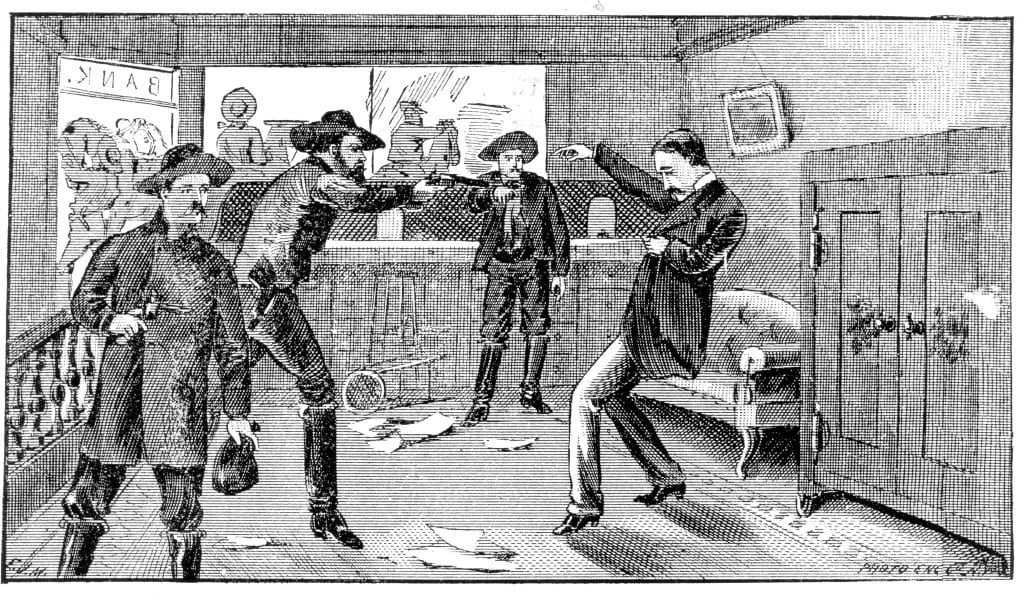
1972: 👠 Philippine First Lady Survives Bold Assassination Attempt
On this day in 1972, a brazen assassination attempt was made on Imelda Marcos, the First Lady of the Philippines 🌺.
An assailant, concealing a bolo knife in his left coat sleeve, made a sudden and violent lunge at Mrs Marcos, striking her twice. The attacker then went on a rampage, hacking at bystanders until he was fatally shot by security 🗡️🚑.
Imelda Marcos would go on to become better known for her extraordinary collection of 3000 thousand pairs of shoes, a stark contrast to her nation’s turmoil and an enduring symbol of her lavish lifestyle. 🥿👠
1982: 📅 The December Murders in Suriname
On this day in 1982, in Dutch-speaking Suriname, fifteen prominent young Surinamese men who had voiced criticism against the military dictatorship then ruling the country became victims of the event known as The December murders.
Thirteen individuals were forcibly taken from their homes during the early hours between 2 am and 5 am, according to accounts provided by their families. The remaining two victims already in detention due to their involvement in an attempted countercoup in March 1982.
Soldiers loyal to Dési Bouterse, who held dictatorial power in Suriname at the time, transported these individuals to a sham “trial” presided over by sergeants who had assumed the roles of judges. Following these dubious “hearings,” the victims endured brutal torture and were ultimately shot dead. The exact circumstances surrounding their deaths remain shrouded in ambiguity.
A few days later the country’s dictactor Bouterse made a national television announcement asserting that all detainees had been shot dead while purportedly attempting to flee.
The December Murders sparked international outrage, and many Surinamese civilians fled their homeland for the Netherlands in fear for their safety. 🕯️🌍
In November 2019, President Bouterse was sentenced to 20 years in prison by a military court. Bouterse, sentenced in absentia, filed an appeal which, in August 2021, which concluded in the sentence being upheld.
1982: 💉 First Lethal Injection Execution in the U.S
On this day in 1982, Charles Brooks Jr made history by becoming the first person in the United States to be executed by lethal injection 💉.
This execution in Texas marked a shift in the methods of capital punishment, introducing lethal injection as a supposedly more humane alternative.
The condemned man’s final meal before his execution included a t-bone steak, french fries with ketchup, Worcestershire sauce, biscuits, peach cobbler, and iced tea 🥩🍟🍑🍹.
2003: 🚍 Tragic Abduction in Queensland
On this day in 2003, a heartbreaking incident shook Australia when Daniel Morcombe was abducted from under an overpass on the Sunshine Coast, Queensland while waiting for a bus. This case remained a mystery for many years, casting a shadow over the region and capturing national attention.
An extensive undercover operation led to the arrest of Brett Peter Cowan, who had been previously interviewed by police in 2006. He was charged after leading undercover detectives to Daniel’s remains in 2012, bringing a somber closure to the case. 🕵️♂️🔍

As we close the chapter on December 7th’s true crime history, let these historical events serve as solemn reminders of the past, guiding lights for the present, and cautionary tales for the future. Hope to see you on a Dark Stories True Crime Tour soon!
Spread the word on your favourite platform!
